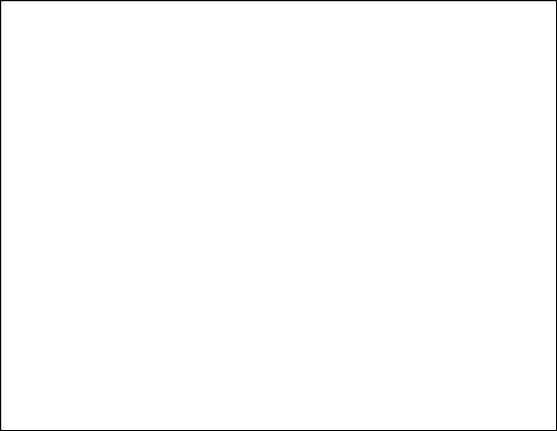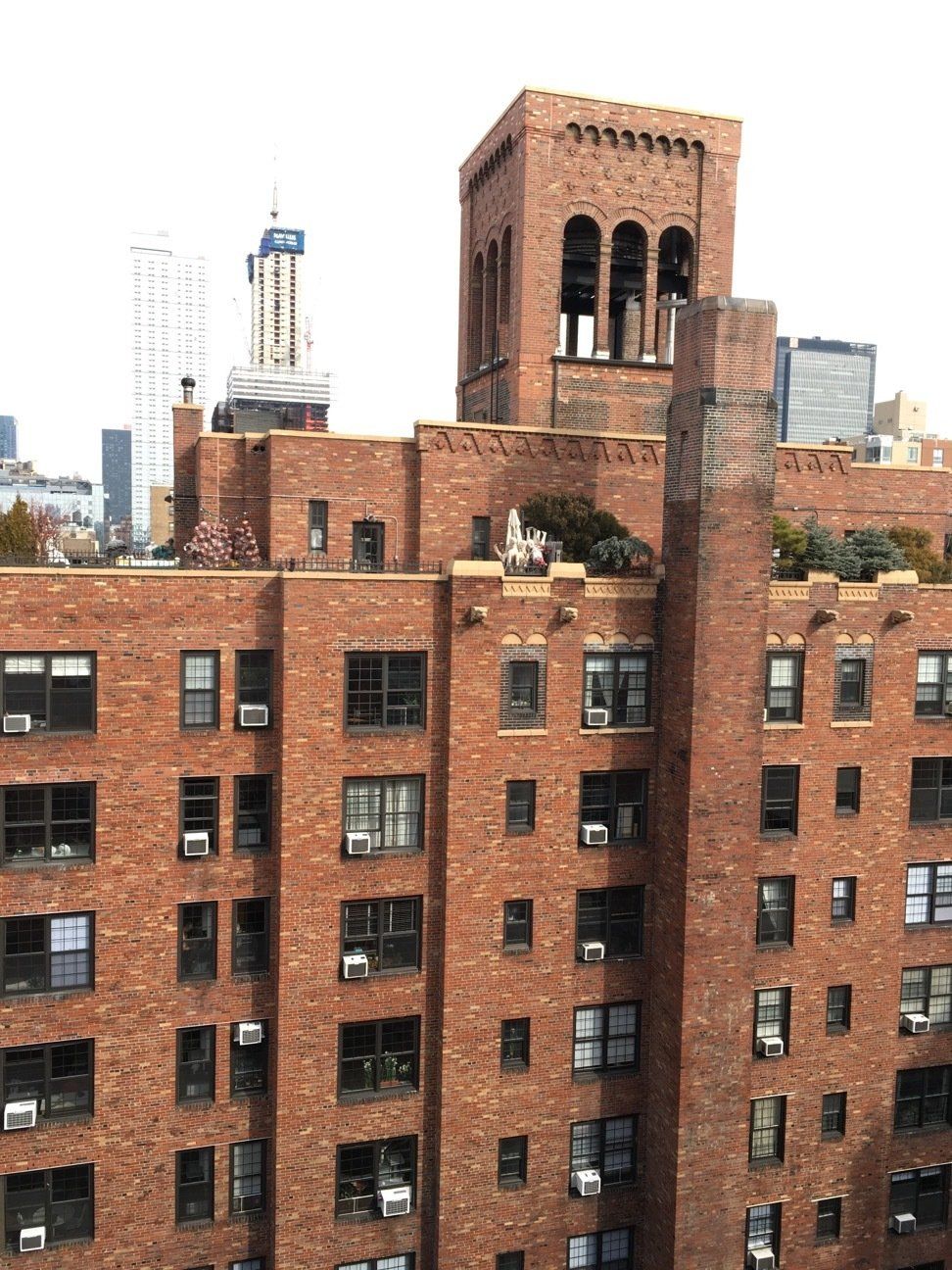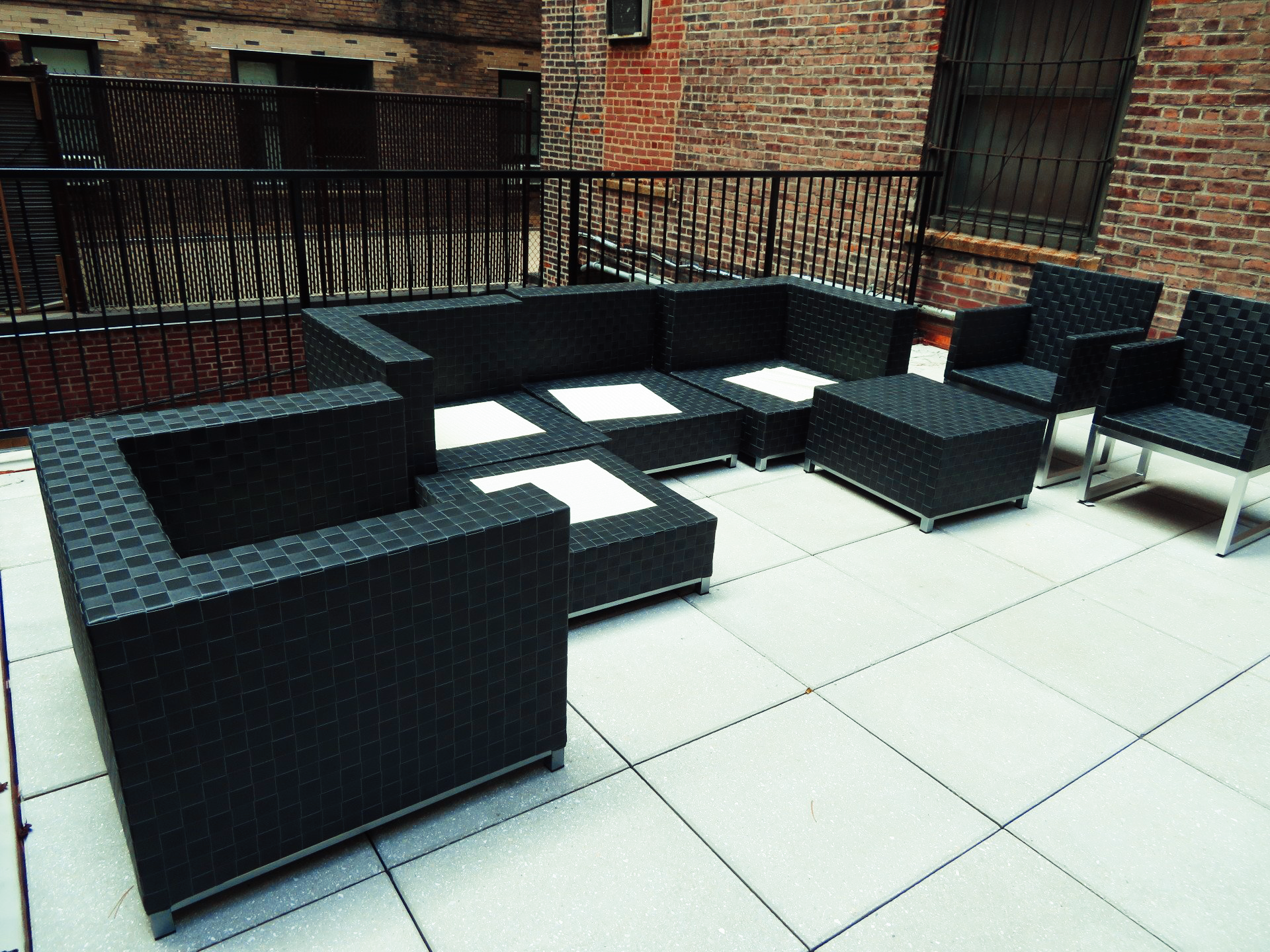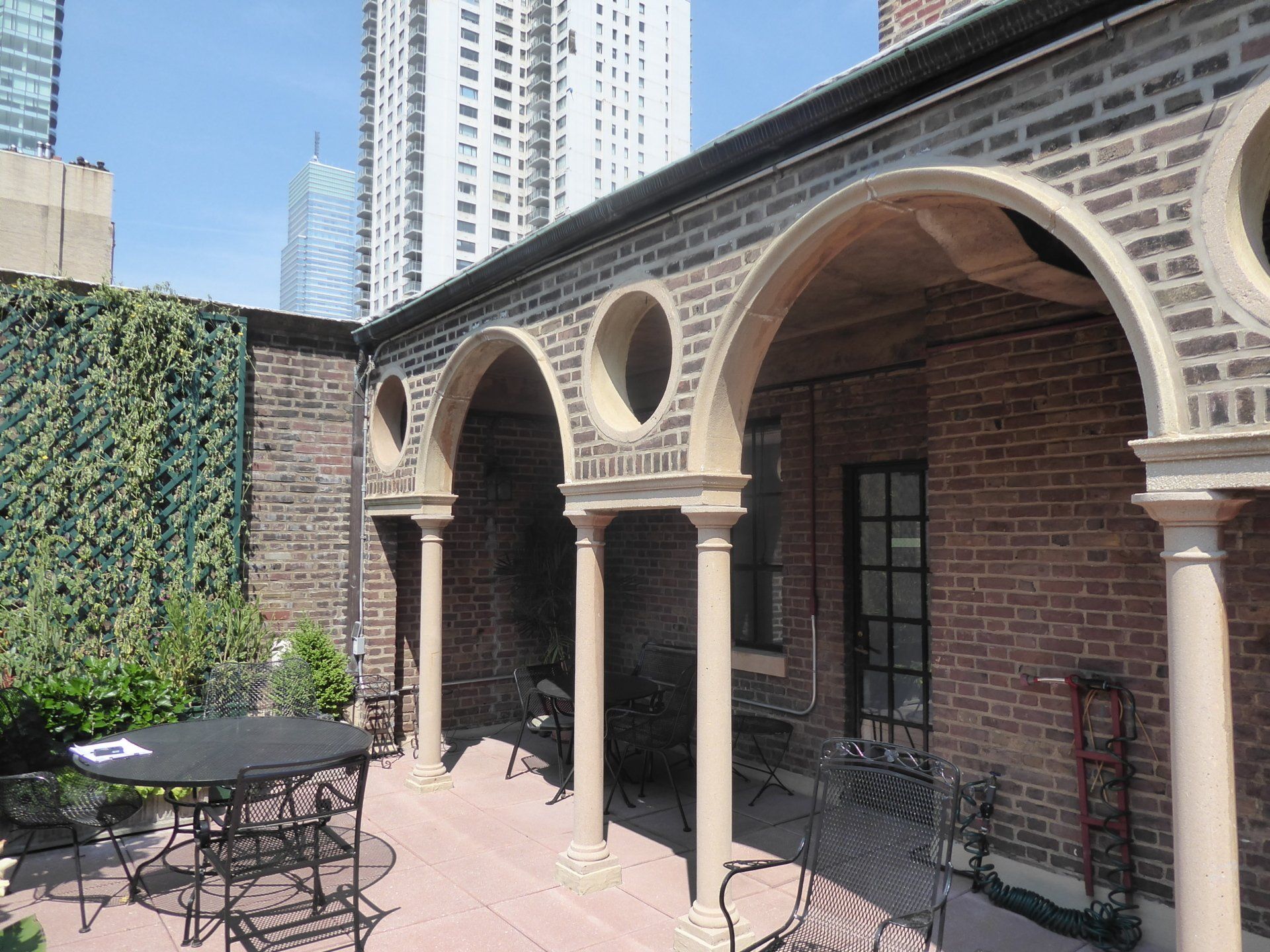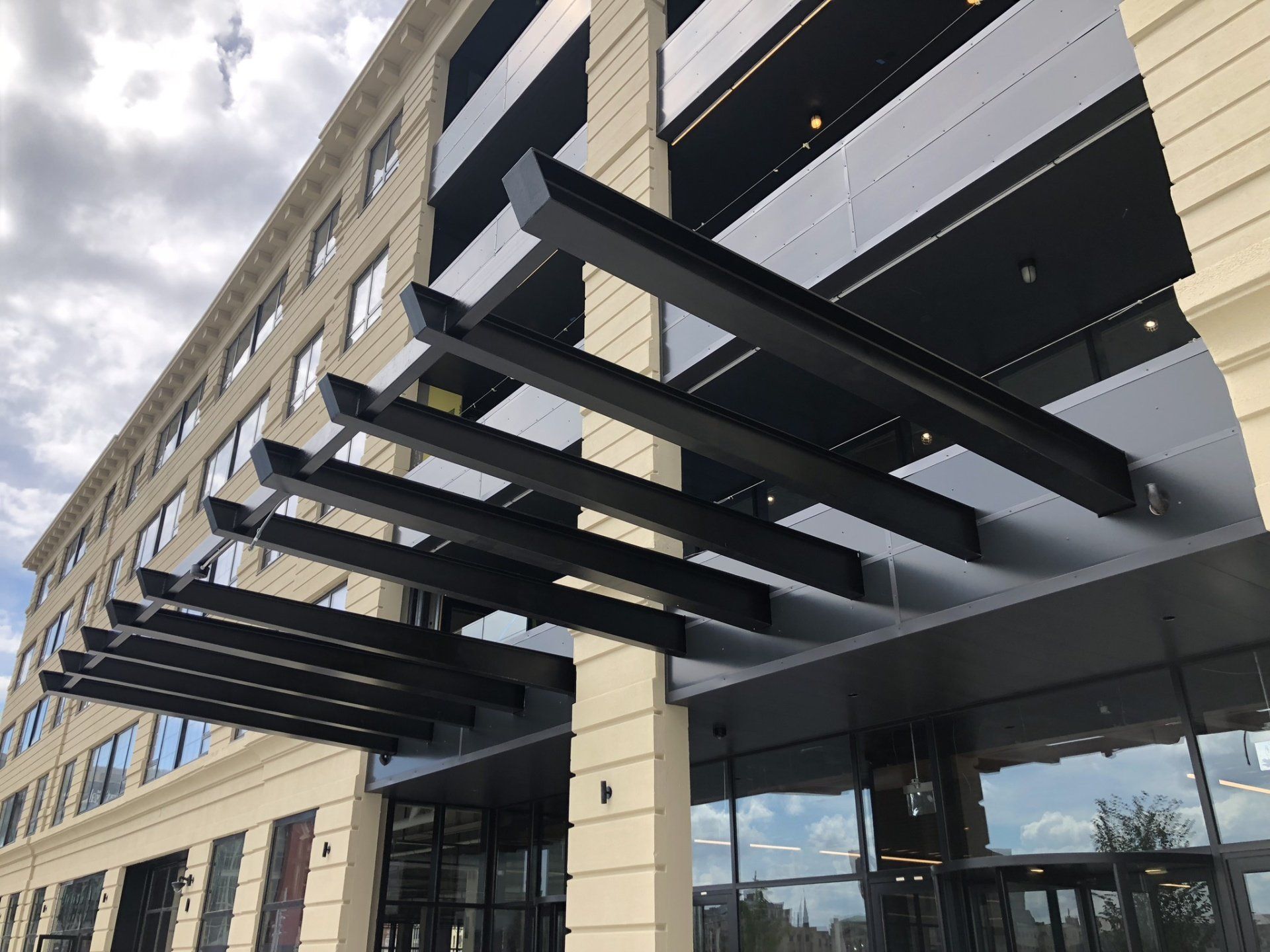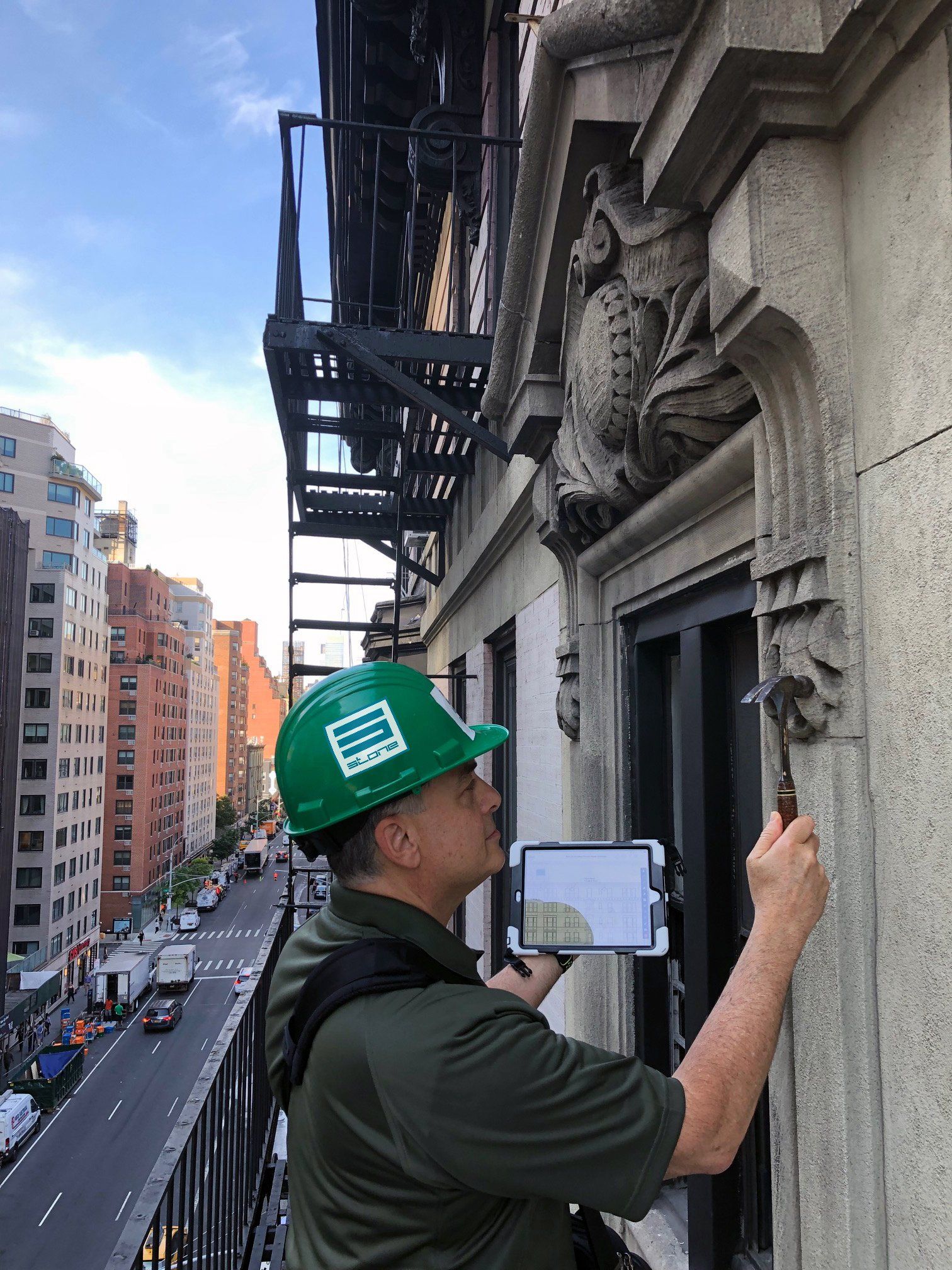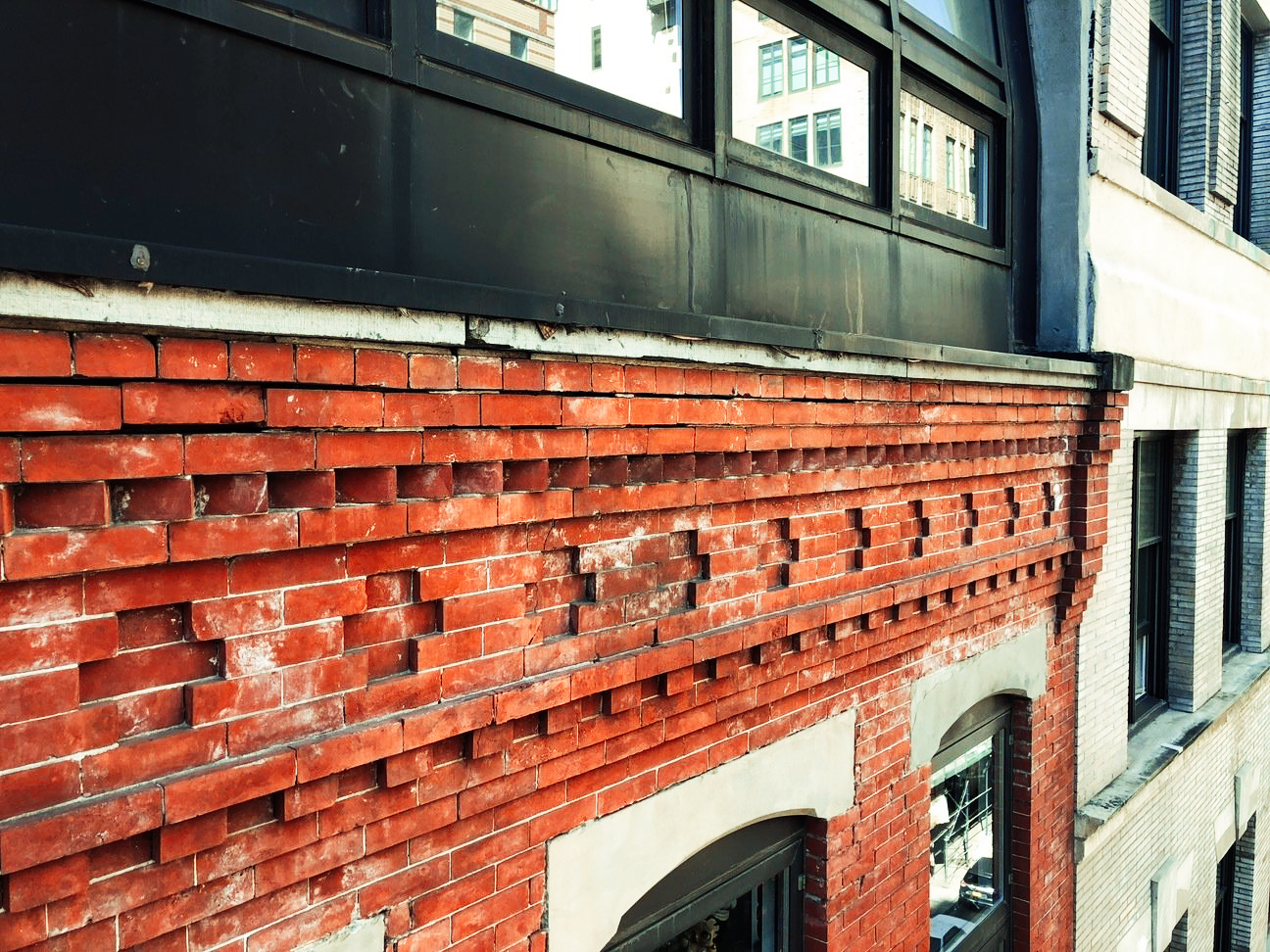FACADE INSPECTION SAFETY PROGRAM (FISP)
New York City’s “Façade Inspection Safety Program” (FISP), formerly known as Local Law 11, requires that owners of buildings with more than six (6) stories above any grade have their exterior walls and appurtenances inspected periodically, in 5-year cycles. A New York State Licensed Professional Engineer or Registered Architect must conduct this inspection. Stone Engineering & Architecture, DPC, has assisted clients in staying in compliance with FISP requirements.
FISP- Facade Inspection Safety Program, NYC (AKA: Local Law 11)
New York City Department of Buildings’ (NYCDOB) Façade Inspection Safety Program
requires that Owners of buildings greater than six (6) stories retain a NYS licensed Professional Engineer or Registered Architect to examine the building’s exterior walls at arms-length every 5-years, and prepare/file a façade inspection report. The Professional Engineer or Registered Architect is also referred to as the Qualified Exterior Wall Inspector (QEWI). The overriding goal of FISP is to ensure that building façades are maintained regularly and properly to reduce the risk of falling-debris hazard to the public below.
Based on the findings of the examination at the building, the QEWI’s Critical and Physical Examination report classifies a building’s façades into one of three (3) categories (SAFE, SWARMP, or UNSAFE):
SAFE:
The building’s façades do not contain any conditions that would cause them to be classified as SWARMP or UNSAFE. A SAFE classification means that, in the judgment of the QEWI, the building will not become UNSAFE during the next 5-years.
Safe With A Repair and Maintenance Program (SWARMP):
The building’s façade(s) contain at least one (1) condition which, although SAFE at the time of the inspection, if not repaired within a the time-frame specified by the QEWI, may deteriorate into an UNSAFE condition. If a SWARMP condition is not addressed prior to filing the next cycle’s report, it automatically defaults to UNSAFE condition in that next cycle.
UNSAFE:
The building’s façades contain at least one (1) or more conditions which are either an immediate hazard to the public or, if not repaired within 12 months, will pose a hazard to the public. If an UNSAFE condition is observed that is hazardous at the time of the inspection, the QEWI must notify the NYCDOB and the Owner immediately using a form known as FISP-3 (Notification of Unsafe Conditions). The Owner is obligated to install measures to protect the public, such as a sidewalk shed.
FISP Filing Timeframes
During every 5-year cycle, there are three (3) FISP filing window sub-cycles, each a 2-year duration staggered by 1-year. A building’s sub-cycle is assigned using the last digit of the building Block Number. The close-up examination must be performed within 1-year of filing the report, and the critical examination performed within 60 days of filing the examination report.
The tables below specify the time-frames for 9th Cycle and 10th Cycle filing:
| 9th Cycle | ||
|---|---|---|
| Sub-Cycle | Last Digit of Block Number | Filing Window |
| 9A | 4, 5, 6, or 9 | February 21, 2020 – February 21, 2022 |
| 9B | 0, 7, or 8 | February 21, 2021 – February 21, 2023 |
| 9C | 1, 2, or 3 | February 21, 2022 – February 21, 2024 |
| 10th Cycle | ||
|---|---|---|
| Sub-Cycle | Last Digit of Block Number | Filing Window |
| 10A | 4, 5, 6, or 9 | February 21, 2025 – February 21, 2027 |
| 10B | 0, 7, or 8 | February 21, 2026 – February 21, 2028 |
| 10C | 1, 2, or 3 | February 21, 2027 – February 21, 2029 |
